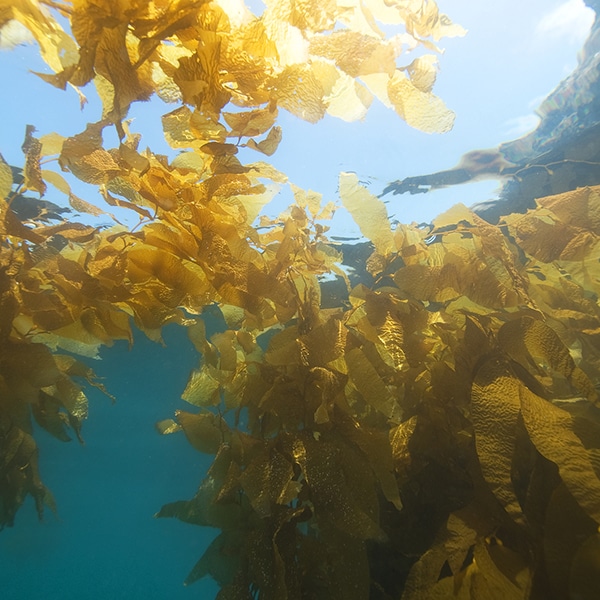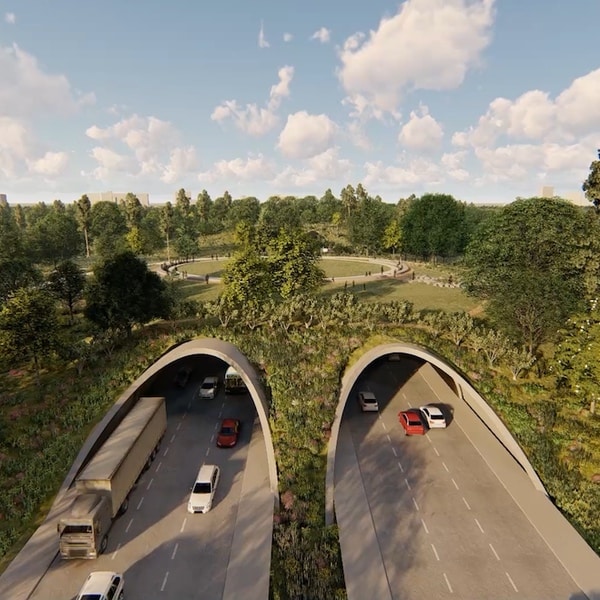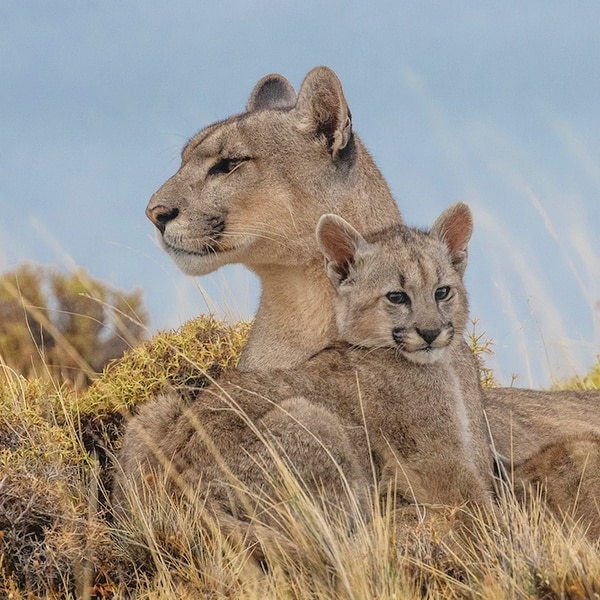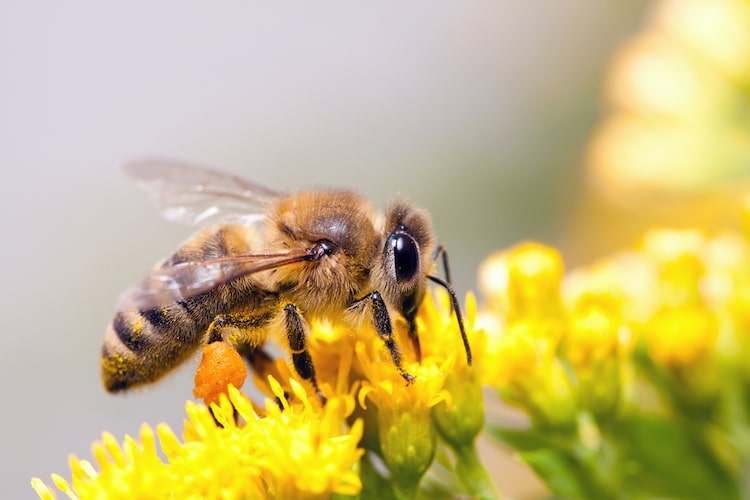
Photo: Laures/DepositPhotos
Most people are in two camps when it comes to bees. Either they're deathly afraid of—and perhaps allergic to—them or they appreciate their important contributions to our ecosystem. But no matter where you stand, there is no denying that bees are insects critical to our survival. In fact, Albert Einstein is often quoted as having said, “If the bee disappears from the surface of the Earth, man would have no more than four years left to live.” And while he very well may have never actually said this, there is truth behind the sentiment.
There are many insects that pollinate plants, but honey bees are particularly adept at what they do. Actually, they are so skilled that a single honey bee colony can pollinate 300 million flowers daily. Seventy of the top 100 human food crops are pollinated by bees and these crops supply 90% of the world's nutrition. Looking at these numbers, it starts to become clear why bees are so important.
But you may have heard over the past few years that bee populations are declining globally. And their decline doesn't just affect humans and the food they eat. If the plants that the bees pollinate disappear, the impact will trickle down—first to the small animals that eat those plants and then to the larger carnivores who eat those animals.
So what is causing bees to disappear? Imagine that, since 1962, the number of bees in the U.S. per hectare has declined by 90%. And similar statistics can be found around the world. A deadly mix of diseases like the varroa mite—a parasite that attacks honey bees, pesticides, climate change, and slow disappearance of open meadows.
To help build back the bee population, there are many things that can be done—even on a small scale. If everyone makes steps toward building back a bee-friendly environment, then we can rest easy knowing that we're doing our part.
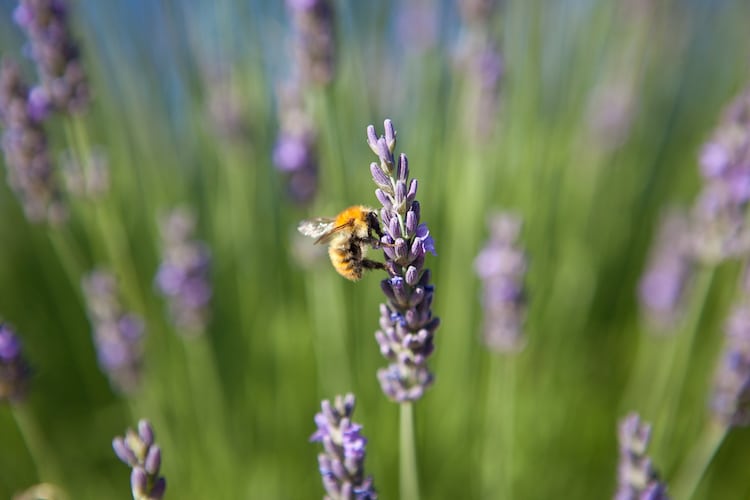
Photo: lightpoet/DepositPhotos
Here are 5 easy ways that you can help build up the bee population.
Plant More Flowers
This might seem obvious, but simply planting flowers can give bees a safe haven for food and shelter. You don't need a big backyard or garden to make a difference. Hanging planters or window boxes also work well. Just be sure to look into local varieties of flowers that will meet the needs of the bees in your area and don't be afraid to change up your garden during different seasons to give them something different to feed on over the course of the year.
Go Wild
The natural habitat for honey bees is open meadows. Unfortunately, as urban and agricultural development takes over land, meadows are rapidly disappearing. This puts stress not only on bees, but all the insects, birds, and animals that rely on meadows for food sources and shelter. Help out by letting a small part of your lawn go wild. Just lay off the lawnmower for a bit and let some wildflowers and grass flourish. If you're not able to manage that, a small pile of wood cuttings or twigs can also provide a nice habitat for insects.
Leave Out Water
Though we may not always think about it, bees need water. So, an easy thing that you can do to help them out is to leave a water source. They'll use that water to produce food by mixing it with nectar and pollen and it also comes in handy for regulating the temperature of the hive. Create a bee bath by leaving out wide, shallow containers of water. Just make sure that you place stones, cork, or twigs so they stick out of the water. This will give the bees something to land on.
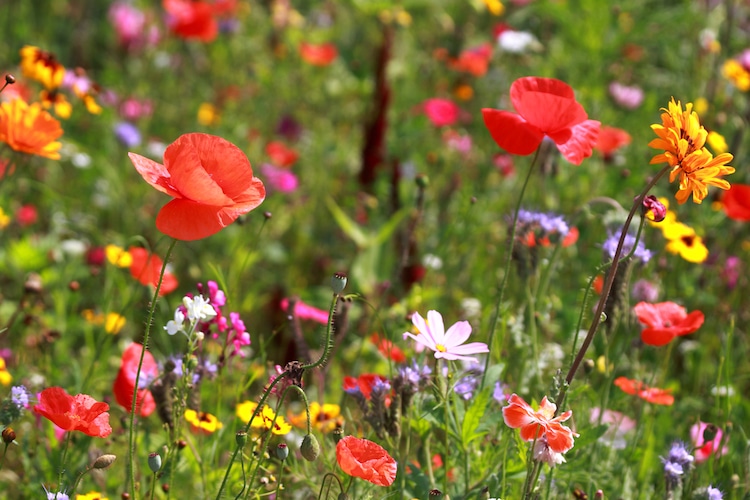
Photo: Mayerberg/DepositPhotos
Avoid Pesticides
Over 150 different chemicals from pesticides have been found in bee pollen, and pesticides have been implicated in the decline of bees. Pesticides also kill the very wildflowers that bees love and so there is a big push to reduce their usage. Greenpeace is calling on the United States to follow the European Union's lead and have more stringent rules when it comes to banning certain pesticides. On a personal level, there are many ways to get rid of garden pests without resorting to harmful chemicals. Neem and eucalyptus oil, as well as catnip and garlic solutions, are just some natural remedies you can use.
Purchase Ethically-Sourced Honey
Honey is big business, and it's only gotten bigger over the past decade as people try to cut down on refined sugar. The global honey industry was valued at $7.84 billion in 2020 and that's only expected to increase. The popularity of honey has led to some unethical treatment of bees in order to push them to produce more of this liquid gold. For instance, bees can sometimes have their honey replaced with less nutrient-rich sugar water so that more honey can be harvested. This is, of course, to the detriment of the insects themselves. If possible, try to purchase honey from a local beekeeper so that you can be sure that they are working ethically with their bees.
Want to help save the bees? Get informed and take action.

Share This Infographic on Your Site:
Related Articles:
20 Easy Ways to Help Save the Environment Every Day
Close-Up Portraits of Bees Capture Each of Their Unique Characteristics
Visit ‘Pollinator Park,’ a VR Experience Raising Awareness About Declining Biodiversity
Leicester Is Turning All of Its Bus Stops Into Green Roof Pollinator Gardens for Bees



































































